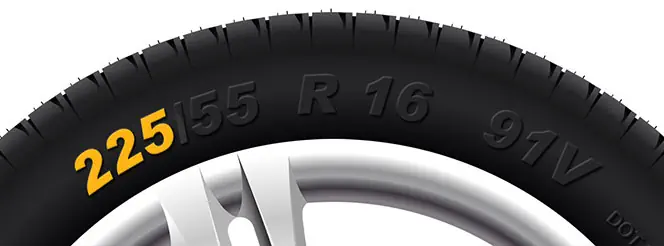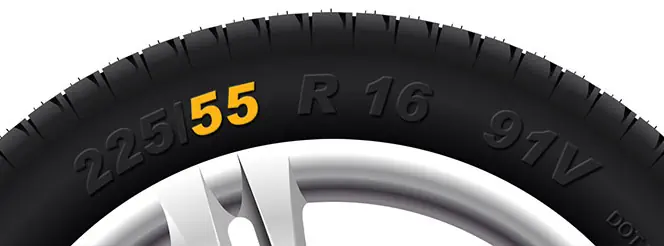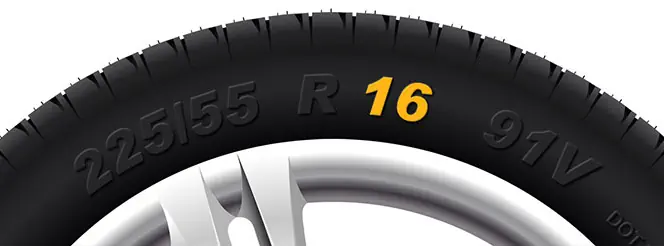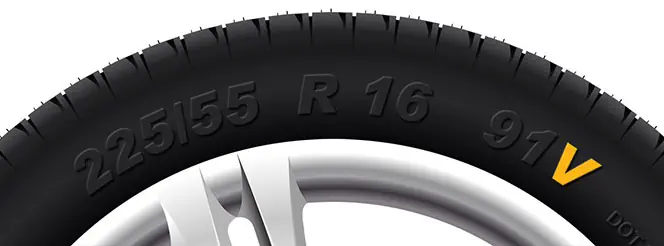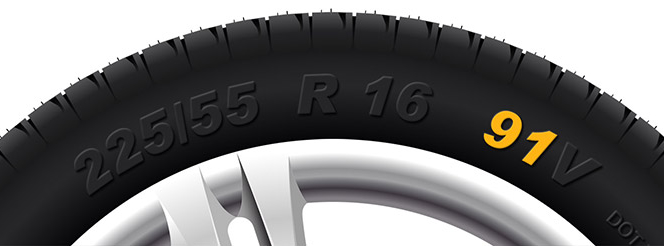The Legalities Of Using Dashcams In The UK
Kwik Fit | Monday 31st March 2025 2:16pm
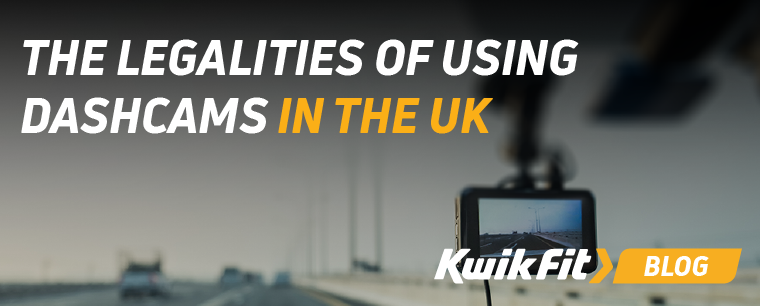
What started as a relatively small niche of people having cameras in their cars has become almost entirely commonplace, with many drivers relying on dashcams to provide important footage in case of an incident on the road.
Nowadays, a dashcam is likely to go entirely unnoticed. But whatís the legality of having a camera filming on the street all the time? From privacy concerns to insurance implications, letís find out more about using a dashcam in the UK.
Dashcams are entirely legal in the UK
To get straight to the point, using dashcams is entirely legal in the UK. You donít need any special permission to install or operate them on public roads. However, The Highway Code does mandate that drivers have a clear view of the road ahead. Aftermarket dashcams need to be installed in a way that they donít block any view of the road, and be secured firmly enough that theyíre not likely to move and create a visual obstruction.
As such, the usual recommendation for mounting dashcams is behind the rear-view mirror. Aftermarket dashcams usually come with instructions on appropriate places to mount them, so be sure to read the instructions carefully. Failing to adhere to these guidelines could result in fines or points on your licence.
Crucially, if youíve improperly mounted your dashcam, you might not accurately capture events like collisions Ė which could leave you without any verifiable evidence in court.
Consider people's privacy
While itís perfectly legal to install and operate a dashcam on public roads, you should consider peopleís privacy. This is both from a legal standpoint, as well as an ethical one. By using public roads, drivers implicitly agree to being photographed or filmed while driving (such as by speed cameras), but youíre liable to be in breach of privacy laws if you publicly share recordings that donít have peopleís faces or vehicle registration numbers blurred.
While failing to adhere to motoring laws about dashcam installation can result in a modest fine (in the best case situation), breaching data protection and privacy laws can result in far more serious consequences - so itís definitely worth being careful.
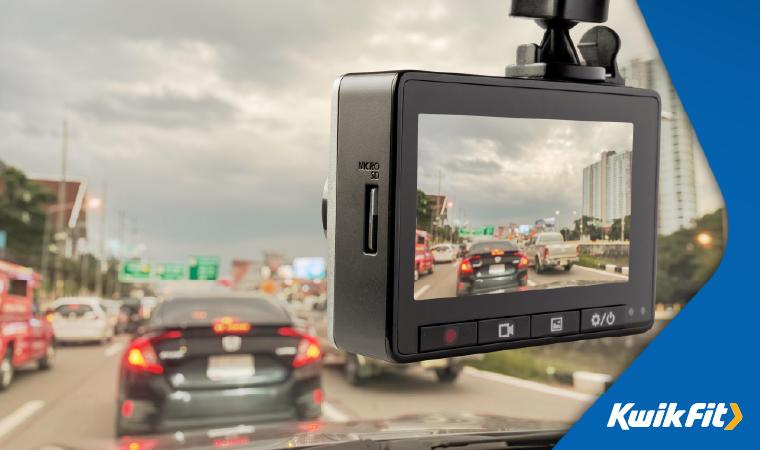
How dashcams can help you
You can use dashcams footage as legal evidence
The main reason that dashcams have become so popular is that you can use their footage as clear evidence in the event of a collision - whether thatís with your own vehicle, or if youíve witnessed a collision further ahead. In some cases, they can also help to deter theft.
They can reduce your insurance premiums
Not only does a dashcam help to back your case in court, but some insurers may even offer a discount on your premiums if you have an approved dashcam installed in your car.
This is much the same concept as having a black box installed. A lot of insurance relies on an element of best-guessing, so if youíre taking proactive measures to protect your vehicle and have proof of no-fault accidents, it makes the insurerís life a whole lot easier.
Need help with your car servicing or maintenance?
If youíre concerned about getting it right, the experts at your local Kwik Fit centre can help you install a dashcam in an approved way. Not only this, but they can also help you take great care of your vehicle through regular, high-quality maintenance and repair services. Find your local centre here or reach out for more information.
Any facts, figures and prices shown in our blog articles are correct at time of publication.
Featured Articles
Is it Illegal to Drive With One Headlight?
Saturday 19th July 2025
Wondering if itís illegal to drive with one headlight? Learn about the safety risks and penalties of illegal blown bulbs and why you should fix them promptly.
Air Con in EVs & Hybrids: Experts Answer Your Questions
Monday 30th June 2025
Does air con drain EV batteries? Can you use the air con while charging an electric car? Find out the answers to these questions & more from Kwik Fitís experts.
Why Is Your Car Making a Noise? Fixes & Tips
Friday 13th June 2025
When your car starts making unexpected noises, it can certainly be quite disconcerting; it may be nothing to worry about, but hereís what you need to know.





